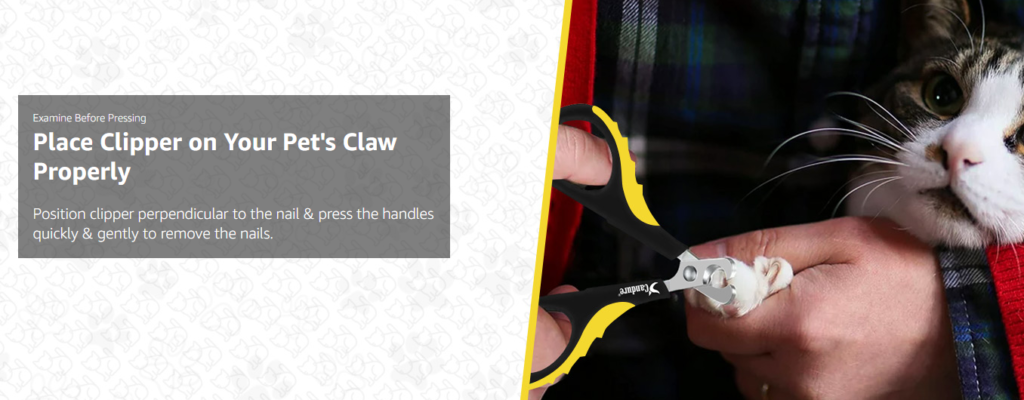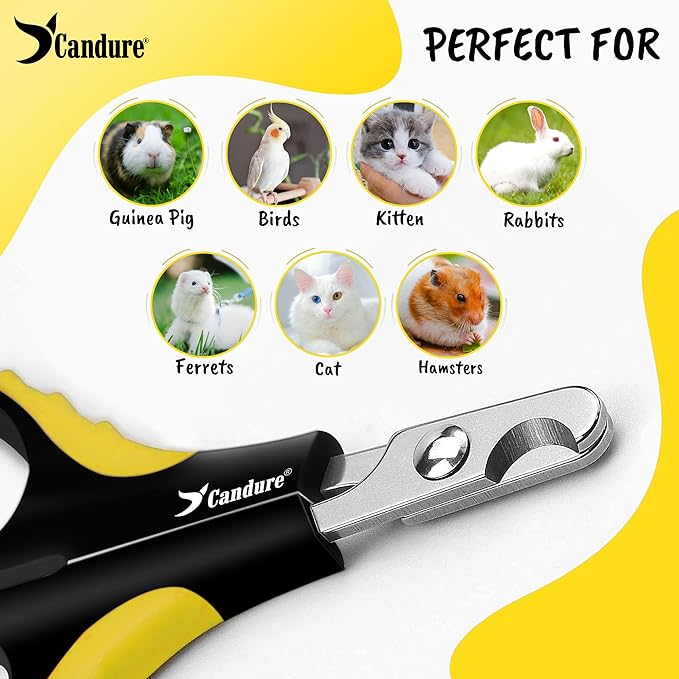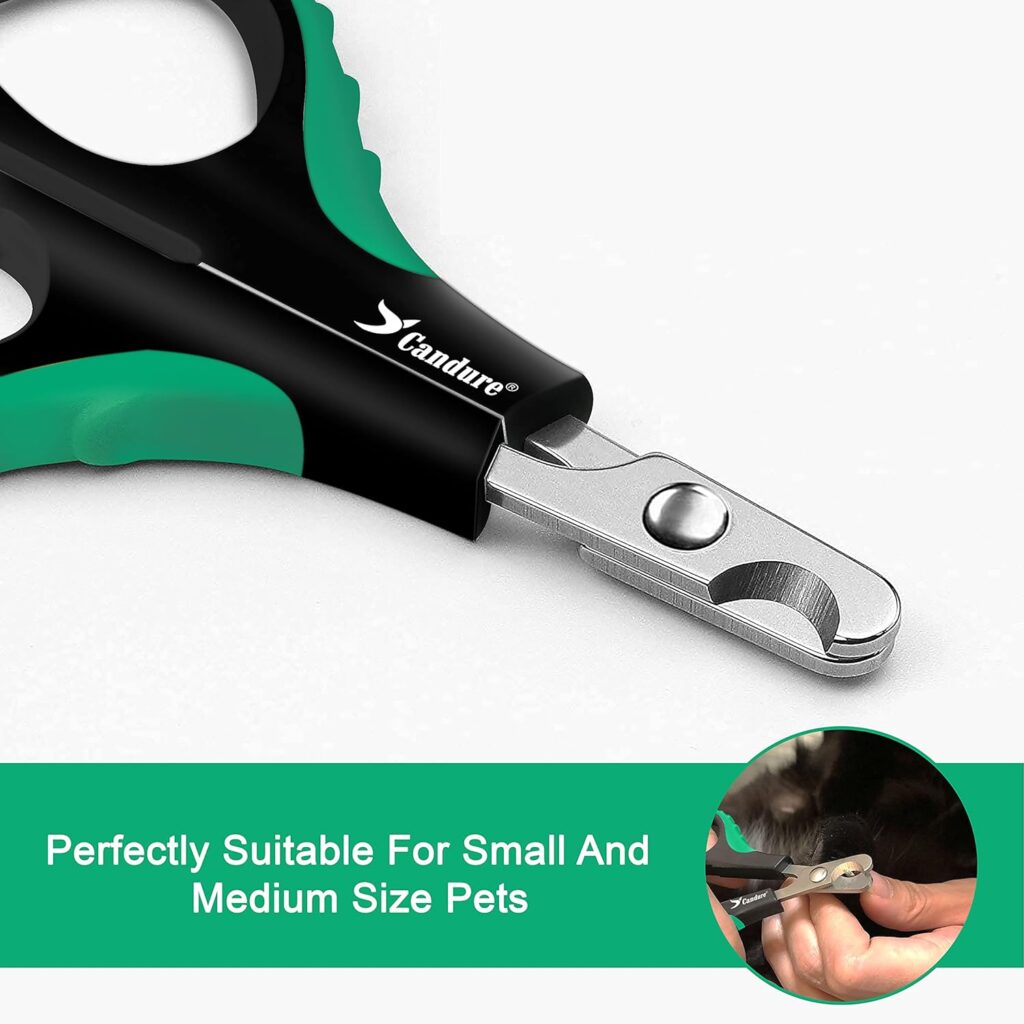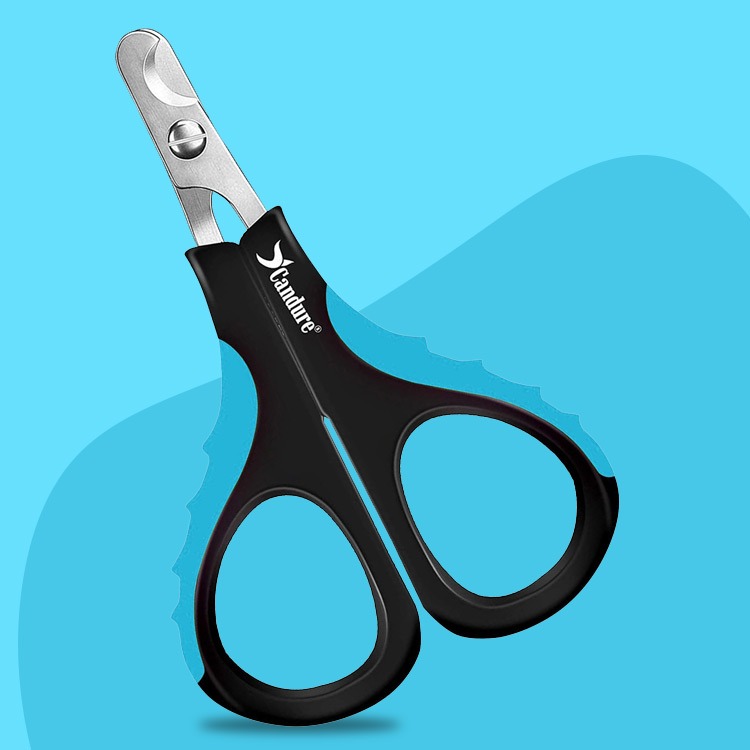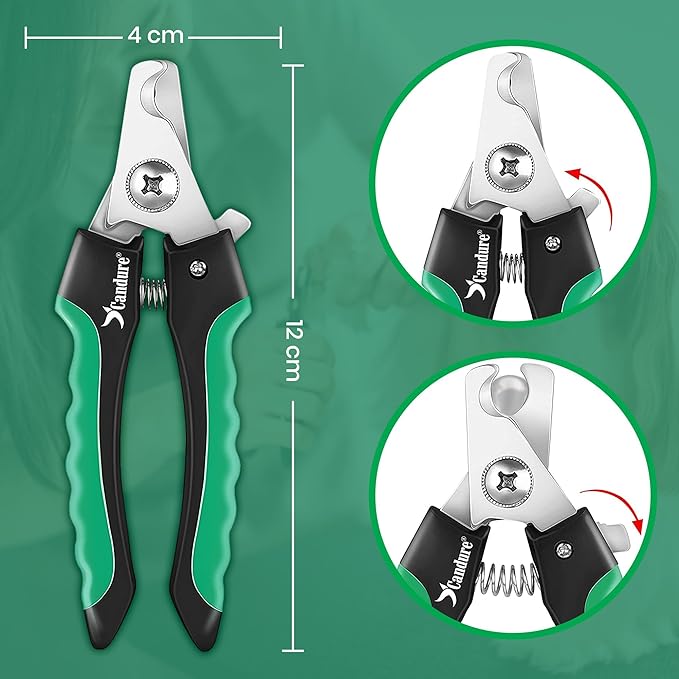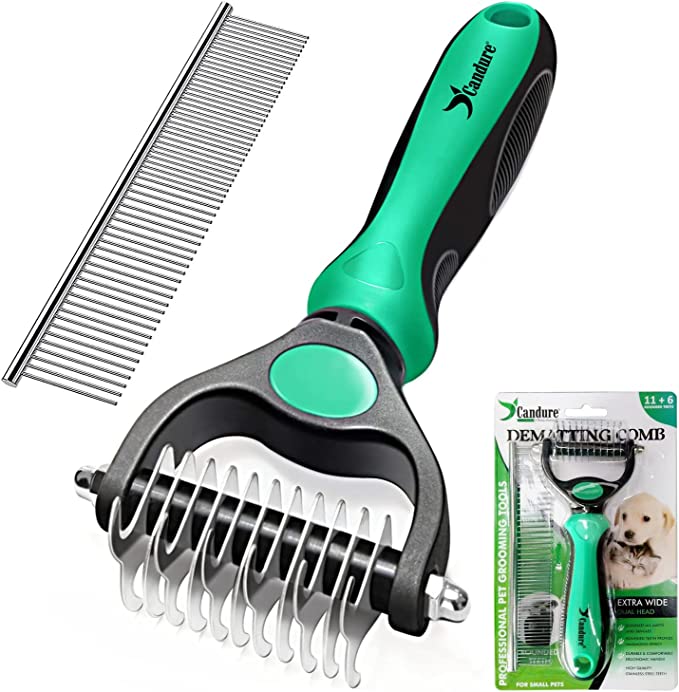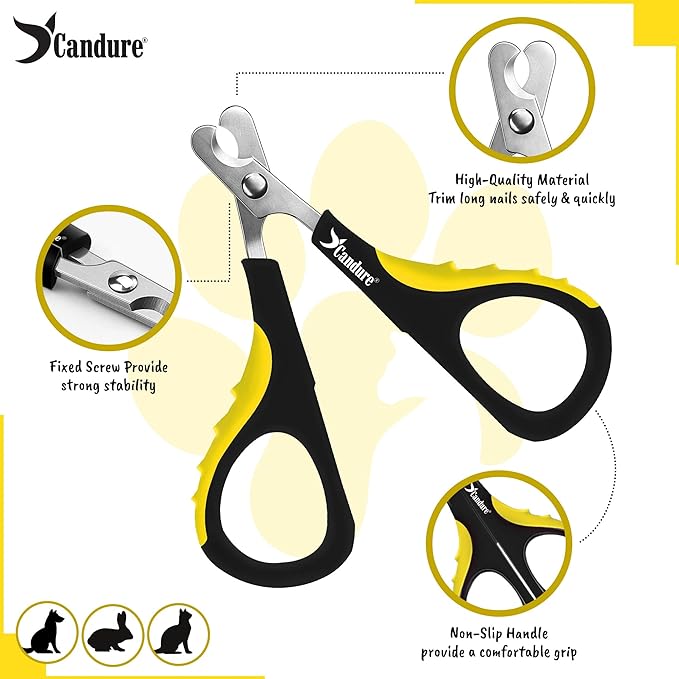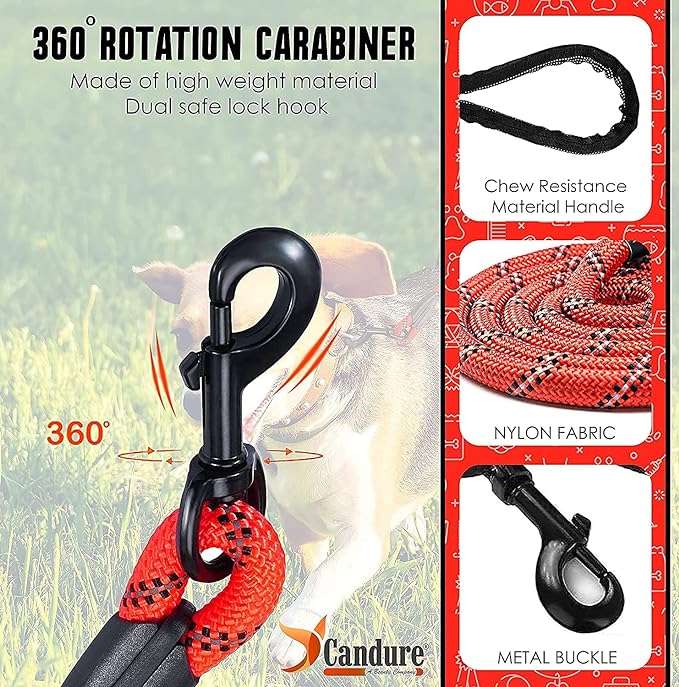How to Trim Your Cat’s Nails
Choose the right tools to trim your kitten’s claws. If their claws are long enough to curve in a circle, use a scissor-style clipper for the job. Otherwise, you will find it easier to use guillotine style cutters. By trimming cat claws carefully, protect your cat’s health and the well-being of nearby humans.
Buy "Cat Nail Clippers" of Your Choice
As anyone who lives with cats knows, cats love to scratch. They scratch to mark their territory, stretch and bend their legs and body, and wear away the dead outer layer of skin from their nails. Unfortunately, all scratching behavior can lead to damage to furniture or curtains, and you could even injure yourself!
You can satisfy their scratching needs by making sure they have plenty of approved scratching surfaces and checking your cat’s nails by trimming them regularly. A cat’s claws should be trimmed every 10 to 14 days.
Although it will take some time for you and your cat to get used to the process, with a little patience it is entirely possible to deal with claw clippings at home. Here are some tips on how to trim your cat’s nails painlessly.
Prepare Your Cat for Nail Trims
To begin with, it’s crucial to familiarize a kitten with nail trimming as early as possible. By doing so, you not only establish positive habits from the start but also make your future endeavors significantly easier. Moreover, regardless of the cat’s age, it’s imperative to get them comfortable with having their claws handled. Start by gently massaging their feet and frequently playing with their paws, thereby reinforcing the pleasant nature of the experience.
Additionally, it’s wise to acquaint them with the nail clippers’ sound and appearance before attempting the actual trimming. Take the initiative to remove the scissors from their storage spot and allow the cat to investigate them; rewarding them with treats afterward will help forge a positive association.
It’s important to recognize the distinct difference between trimming a dog’s nails and a cat’s nails; notably, cats have retractable claws. When it comes to trimming a cat’s nails, ensure you gently press the top and bottom of each paw, which will extend the claws and facilitate easier trimming.
However, if your kitten shows resistance or withdraws during the process, don’t lose heart. Instead, calmly pet them and persist in your efforts until they are sufficiently relaxed for another attempt. Experts suggest gradually pressing down on one nail each day to prepare for the eventual trimming; adhering to this method guarantees readiness when the time comes for nail cutting.
Lastly, but equally importantly, accustom your cat to the scraping sound by using something brittle, like raw pasta. Mimicking the sound of actual nail clipping by pressing the cat’s paws to extend their claws before snapping the pasta can teach them what to expect during the real trimming process. Remember, patience is paramount!
Cut Overgrown Cat Claws but how!
Initially, find a position that’s comfortable for you and safe for her when you’re ready for a trimming session. Many cats do well if allowed to lie on their side or in their owner’s lap.
Subsequently, examine your cat’s nails and locate the quick, the pink, fleshy section that runs through the center of clear or light-colored nails. Before doing any clipping, it’s crucial to NOT cut into the quick to avoid causing pain and risking infection.
Firstly, clip one nail (no more than 1/16th of an inch), then reward her with a treat, and take a short break. Secondly, if you accidentally trim through the quick, dab with some styptic powder to stop the bleeding.
As she becomes more comfortable with the process, you can gradually cut more than one nail at a time. Follow each cut with a tasty snack. If she gets restless, let her go and plan to finish the work another day.
Lastly, choose the right tools to trim your kitten’s claws. Use scissor-style clippers if the claws are long enough to curve into a circle. Otherwise, you might find it easier to use guillotine-style cutters. In a pinch, ensure you maintain a calm environment to facilitate an effective grooming routine.

